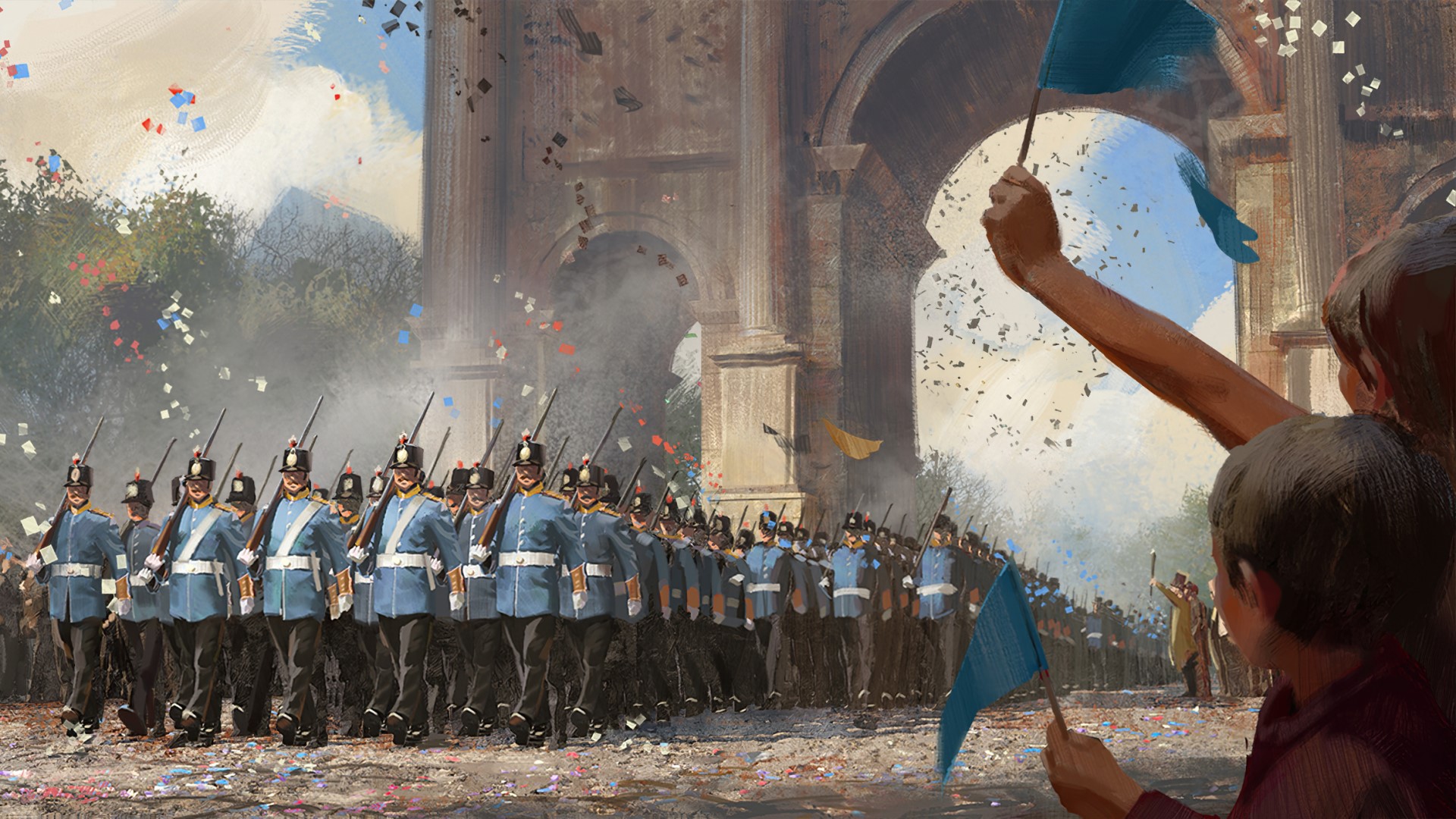When you think of construction in most strategy games – even grand strategy games – it’s typically a pretty simple affair. You pay a cost, wait for some predetermined time, and then, poof, your new building appears. As should be no surprise by now, Victoria 3 is doing things a bit differently, and construction will be tied in to the rest of your nation’s economy in important ways.
Since Victoria 3 covers a time period where most of the world was undergoing rapid industrialisation, it needed a way to simulate the differences in how construction happens at different scales. As a new dev diary explains, your nation will have some level of construction capacity that governs how much construction can happen and how quickly it gets done.
It seems like a pretty elegant system that matches the way Victoria 3 is handling many of its other systems, like military development and industry. You’ll start with a government building called a construction sector, which will employ pops and consume resources. The output of the construction sector is just called ‘construction,’ and it’s a measure of the capacity your country has for building stuff.
The higher that number is – and that depends on how much you’ve spent on construction sectors around your nation – the more new construction you’ll be able to do. But it also means you’ll be paying wages to more people employed in the construction sector, so you’ll want to be careful about how quickly you expand. Your construction sector will be a constant expense for your national budget.
You’ll be able to gradually upgrade your construction sector from wooden buildings to iron-frame buildings, eventually moving up to steel-frame and arc-welded buildings as those technologies become available.
The construction capacity generated by your construction sectors will be doled out each week to the various projects you’re working on, with higher-priority construction given more than lower-priority projects. The amount of construction each project needs will depend on the type and complexity of the building in question – a rye farm, for instance, doesn’t need as much construction as a seaport does.
Fortunately, Victoria 3 is using the extremely helpful nested tooltip system Paradox first debuted in Crusader Kings 3, so you won’t need to remember all this stuff all the time. Check back here for the latest on Victoria 3 – we don’t know when the release date is yet, but we’re hoping it’s some time this year.


